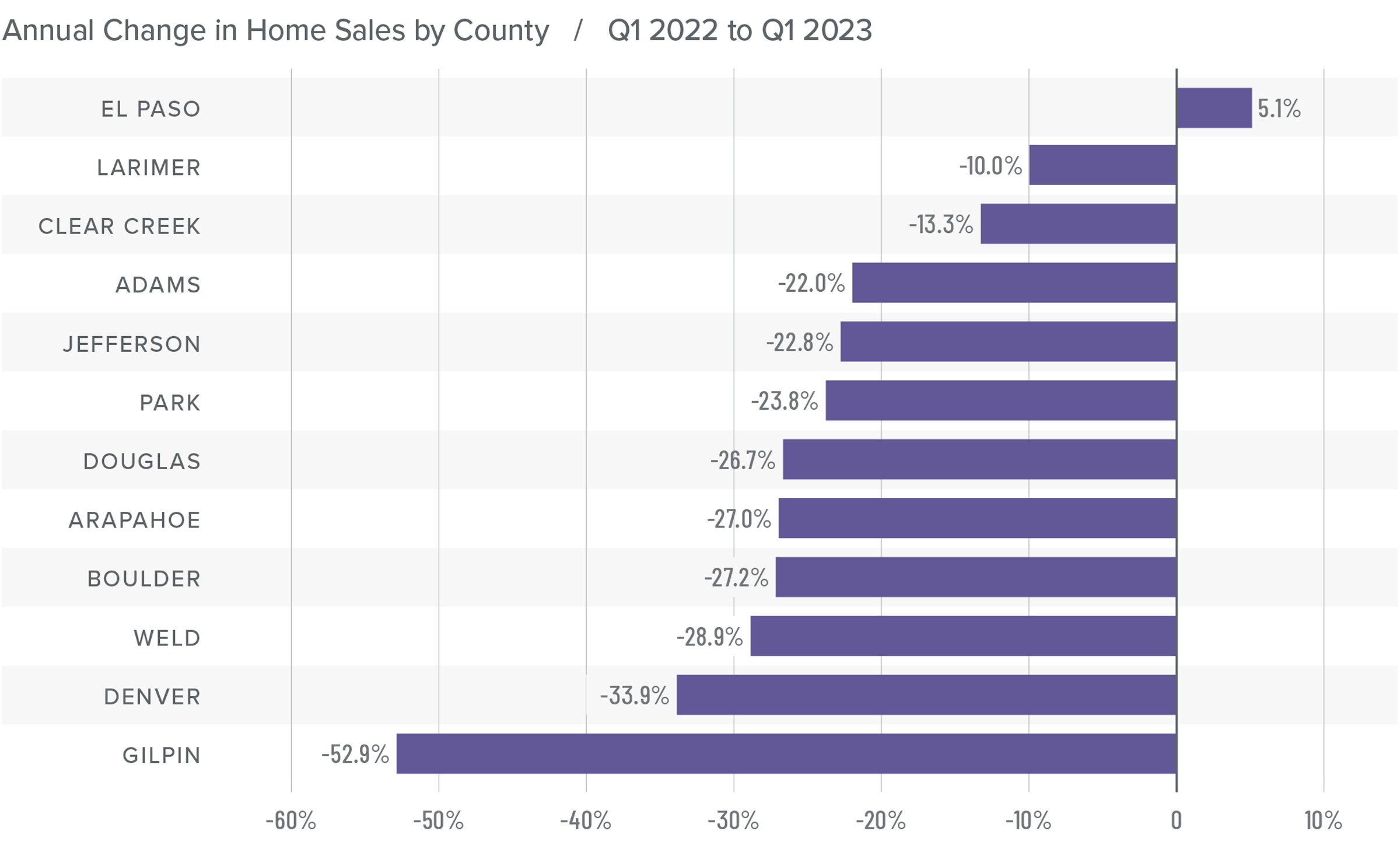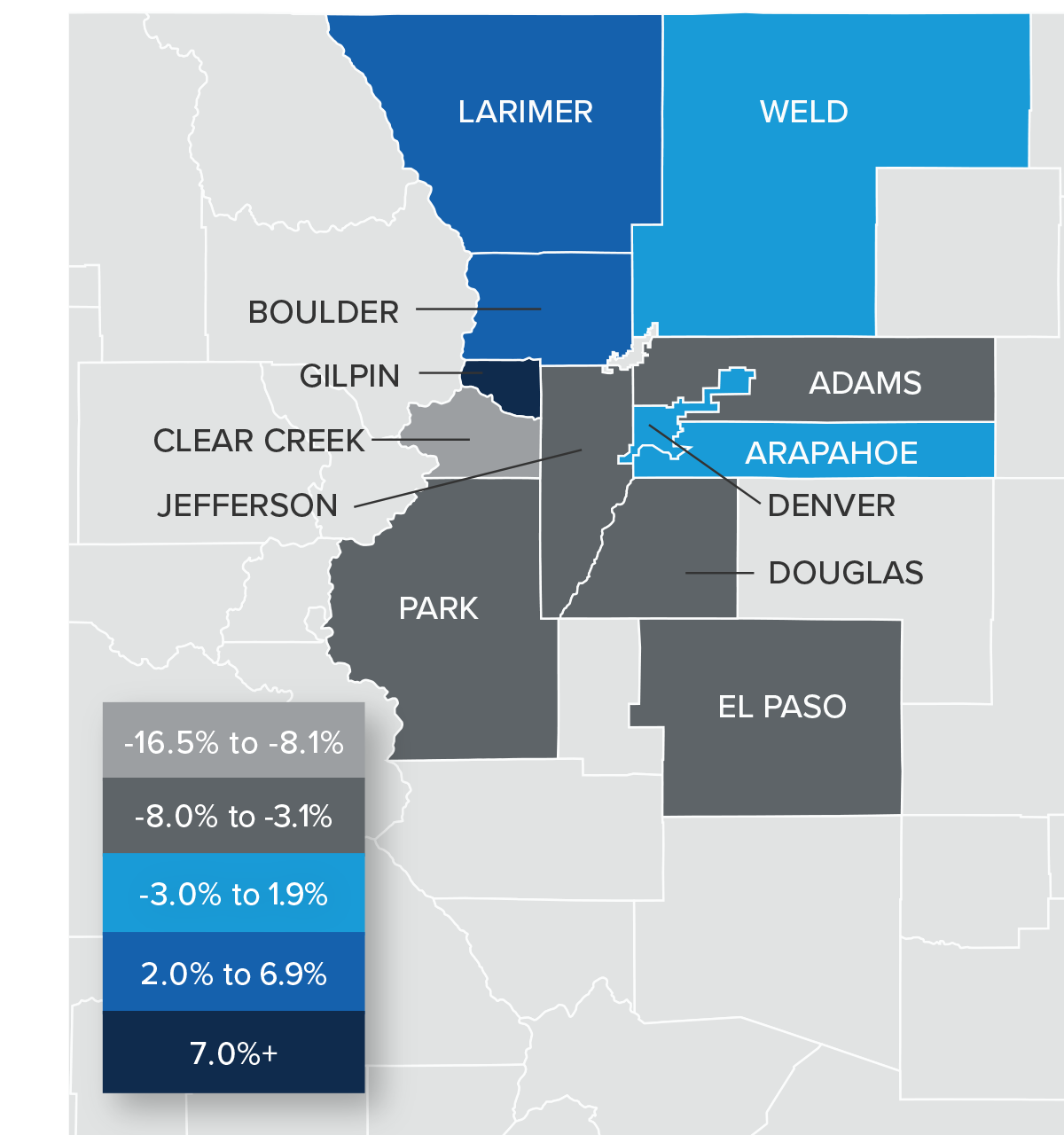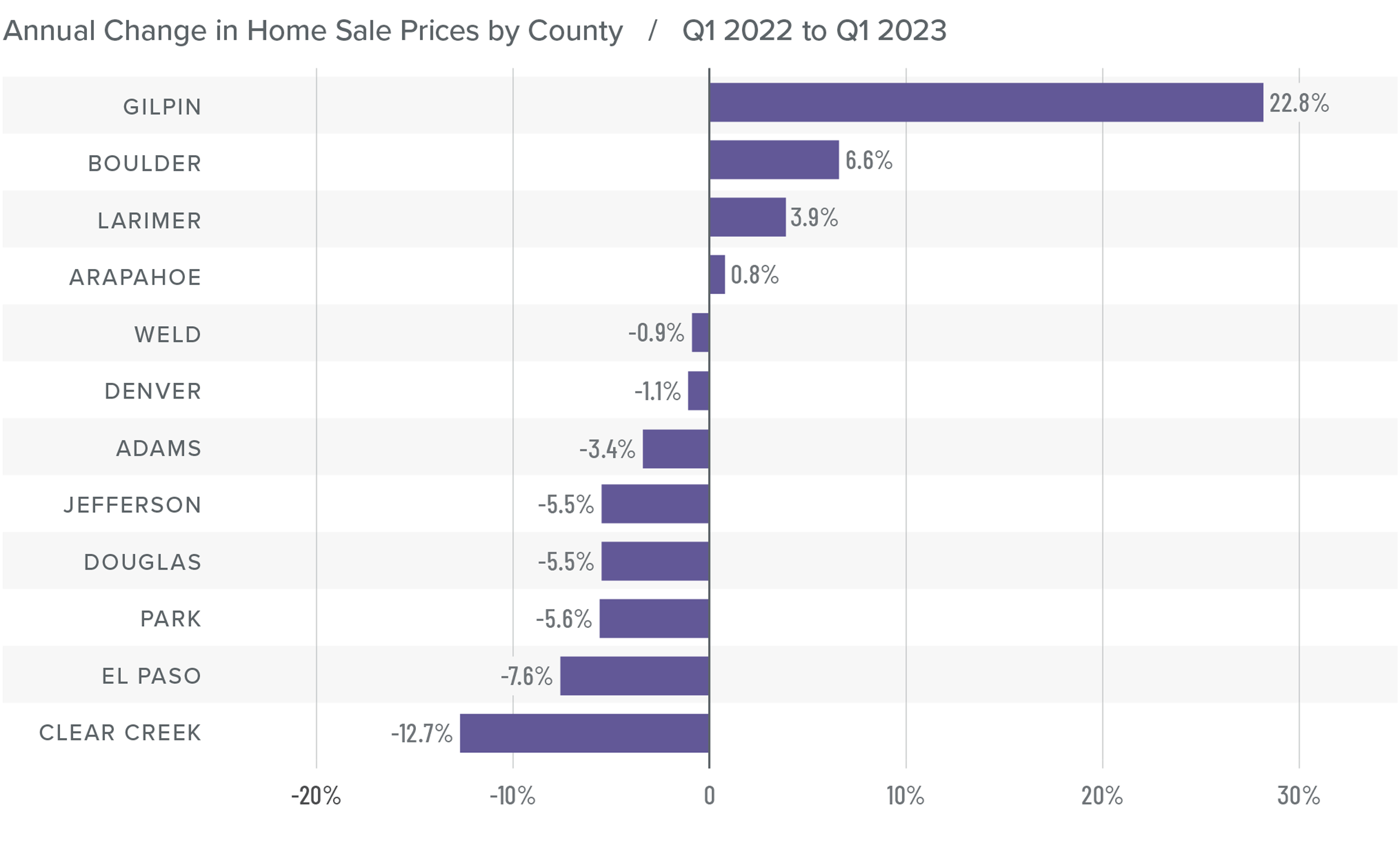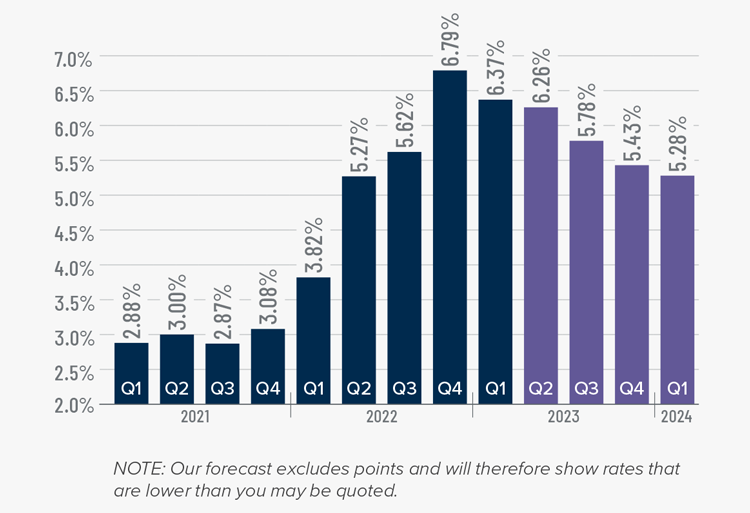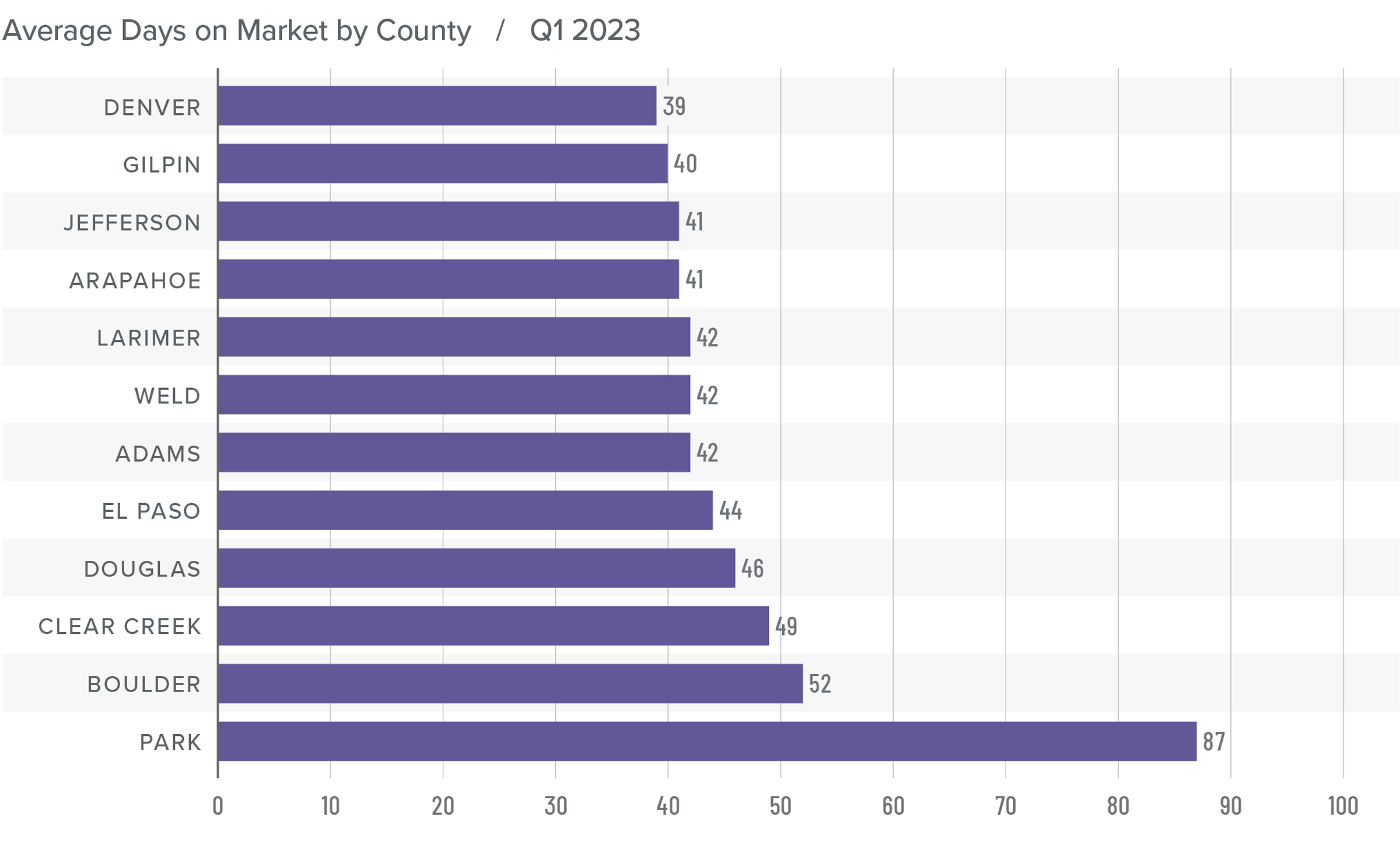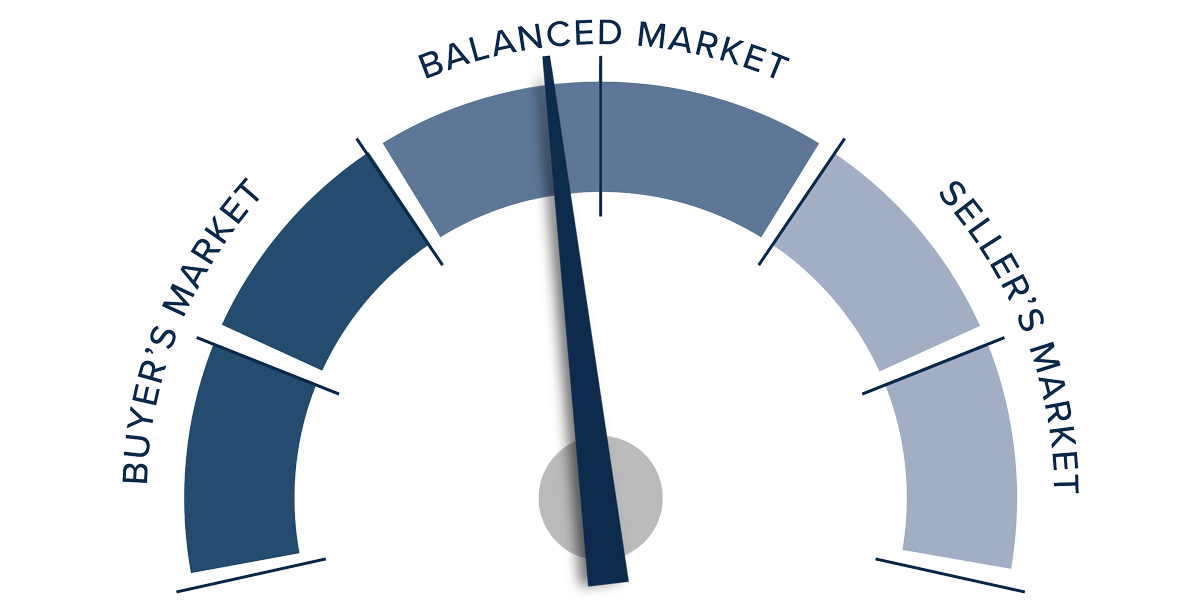A form of cybercrime, wire fraud has led to major losses for homebuyers in recent years. Get to know what it is and what steps you can take to avoid it.
What is wire fraud?
Real estate wire fraud is a scam that targets buyers while making payments during the home buying process. Attackers have taken advantage of the fact that there are several people and entities involved in real estate transactions. Between real estate agents title and escrow companies, mortgage lenders and more, there are many steps, some of which involve sharing financial information and transferring money. This gives ample opportunity for scammers to slip through the cracks somewhere along the line.
The timing of wire fraud is typically during closing using a sophisticated phishing scam. Attackers apply the use of fake emails, phone numbers, or websites, often posing as the buyer’s real estate agent and directing them to allocate funds to a fraudulent account. Because the attacker will have scanned, scrubbed, and lifted your personal information in preparation for the scam, their forms of communication can often look familiar and legitimate.
The mission of the cyberattack is to get your funds into an account the attacker owns. To do this, it is common for them to say that you had previously sent funds incorrectly, that they were never received, that there are new instructions for payment, or that there has been a last-minute change in the closing process. These are all major red flags. It is imperative to take extra caution during the final steps of purchasing a home because transfers, once initiated, are difficult to remedy and can delay your closing process.
How can I avoid wire fraud?
- Get to know the closing process: Talk with your Windermere agent ahead of time about what to expect throughout the closing process. Discuss payment options with your lender and ask specifically about instructions for wiring funds. It is safer to share this information over the phone than through email, as scammers could accumulate this information to use against you.
- Record contact information: Keep a list of the personnel involved in your closing process. Beyond your real estate agent, keep a record of contacts at your mortgage lender, title company, and attorney’s office. In the event that someone new reaches out to you with a request, confirm their identity with one of your contacts.
- Call to confirm: Call to confirm wiring instructions before sending the transaction through. Talk to a trusted representative and ask them to repeat the information to verify its legitimacy. After sending the funds, make same-day follow-up calls to ensure they were received.
- Trust your gut: If you receive an iffy email or phone call, trust your gut. If something doesn’t feel right, it’s the perfect time to reach out to your contacts, discuss your hesitancy, and get advice before proceeding.
The threat of wire fraud emphasizes the importance of working closely with everyone involved in the purchase of your home. If you believe you have been scammed, contact your bank or wire transfer company immediately and request that they issue a recall notice for your wire. Contact the FBI’s Internet Crime Complaint Center and report the activity with as much information as you can gather. For more information about how to protect yourself from wire fraud, visit the National Association of Realtors’ Wire Fraud resources page.
 Facebook
Facebook
 Twitter
Twitter
 Pinterest
Pinterest
 Copy Link
Copy Link




